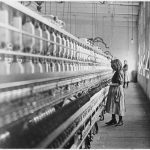I love moments of celebrated goodness.

Have you ever gotten that thrill of excitement when you feel like you can indulge one of your desires without the shadow of guilt?
It’s pretty exciting when we find a garment that looks great and feels great with a label that says “Organic” or “Vegan”; essentially that it does more good than harm.

 Recently I was talking with a colleague who calls herself a ‘fashion detective’ and this made me think that we are all fashion detectives in the world right now, looking for signs and clues that give us the green light to fulfill our needs and desires beautifully and without restraint.
Recently I was talking with a colleague who calls herself a ‘fashion detective’ and this made me think that we are all fashion detectives in the world right now, looking for signs and clues that give us the green light to fulfill our needs and desires beautifully and without restraint.
Most fashion brands in the world are trying to give you the *hint* that their product is exactly what you’ve been looking for. But is it really?
To help you in your detective work, that is, the work of finding beautiful and benevolent clothing, let’s take a deeper look at labels -what they are good for and what they are not good for.
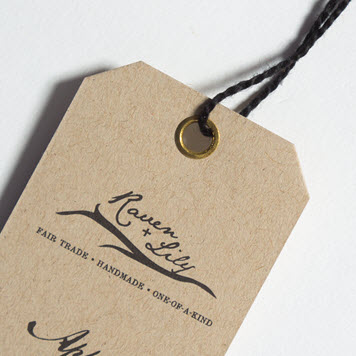
We often come across terminology like “Vegan”, “Cruelty-Free”, “Sustainable” and “Fair Trade” and “Natural”, which can even extend to phrases like “Women’s Cooperative” and “Artisan Crafted”. These terms were originally used as identifiers and filters for customers to make decisions when facing multiple options to choose from. They are often meant to be helpful, to save you time and to communicate an important information in a clear and succinct way.
Generally, they are helpful bits of information. However, they are also misused and abused and can be very misleading. They allude to transparency without actually being transparent.
It is a label and a term that strives to communicate a general fact. But, when you fill a room with females, it becomes clear that there is abundant diversity within that definition.
 What is not being talked about today in the world of sustainable and ethical fashion is that there is a lot of room for interpretation with the terminology. Even third-party certifications which are meant to quantify and nail these concepts down can be misinterpreted. What ‘vegan’ means to one person may be completely different to another person. One vegan might be fine with PU (petroleum derived polyurethane) leather because it doesn’t come directly from a cow, while another vegan might balk at the idea that petroleum-based products are harmless to animals.
What is not being talked about today in the world of sustainable and ethical fashion is that there is a lot of room for interpretation with the terminology. Even third-party certifications which are meant to quantify and nail these concepts down can be misinterpreted. What ‘vegan’ means to one person may be completely different to another person. One vegan might be fine with PU (petroleum derived polyurethane) leather because it doesn’t come directly from a cow, while another vegan might balk at the idea that petroleum-based products are harmless to animals.
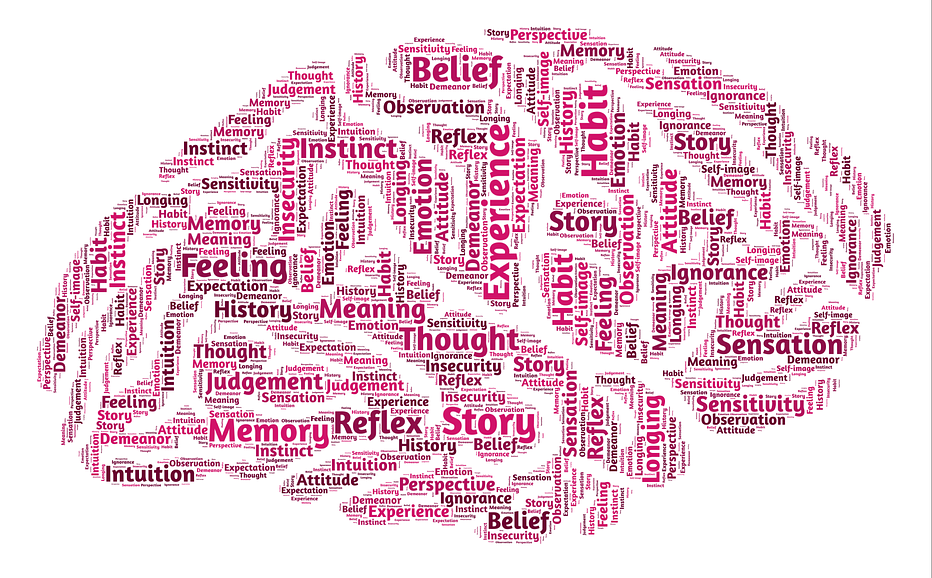
Each individual on this planet has a complex system of values and priorities that are like a web of knowledge and experience woven together to form opinions and make decisions. The problem with terminology is that it tries to put that complexity into a square little box and say ‘Here, this is what you want’, when it may not be. It may be 20% or 90% matching.
Food and drugs are a good example.
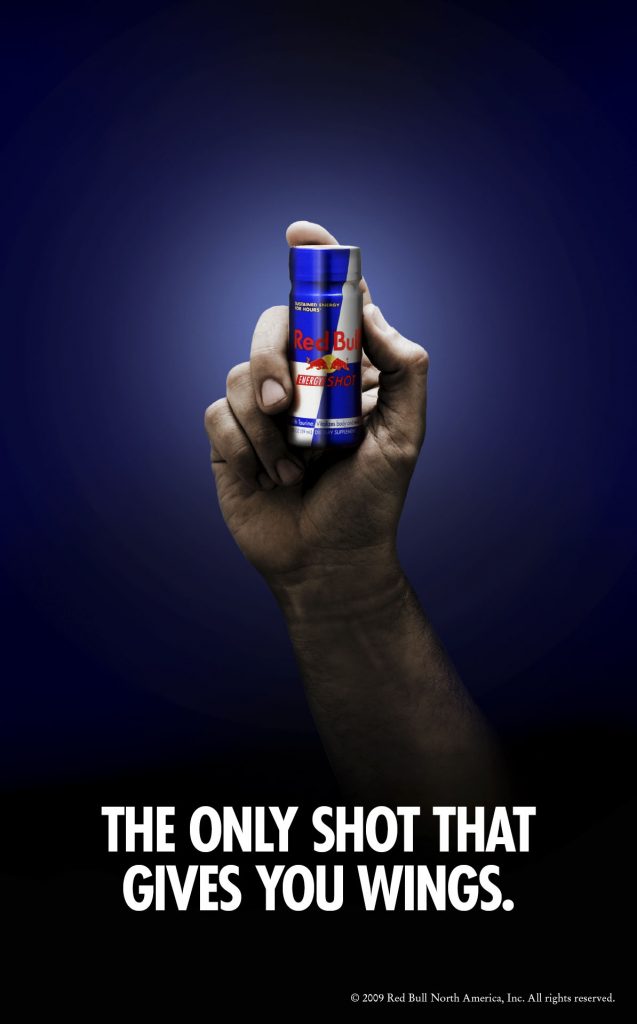
There are strict laws for a label to make claims. They emphasize full transparency of the ingredients, calories, sugars, etc. but they can’t say “boosts immunity” or “gives you wings” ($13M Redbull lawsuit). Essentially, they are required to be transparent and they can’t lead you on to make conclusions. I would ask that this be true for everything…buying a house, booking a massage, making a donation to a charity…the list goes on.
To continue with the example of ‘Vegan”, you might be a vegan who doesn’t want any dead animal parts on your body, no matter how naturally it died. Or, you could be a vegan who loves the look, feel and durability of leather and if it manifested into clothing peacefully, through a natural death or recycling, you’d be thrilled to wear it.
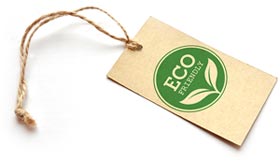
What I see happening today is that a brand makes a claim, like ‘vegan’, ‘fair trade’ etc. (with good intentions or not), and we, without even recognizing it, superimposes our definition onto that term. When we superimpose our ideas onto that term, a mental green light flashes ‘yes, this matches’. However, if there was full disclosure, it may not actually be a good ‘fit’.
This labeling tendency is a hellacious pain for someone who cares about the impacts of their consumption. It makes someone who is trying to do a good thing suffer unnecessarily in two ways:
1. The first way is when a consumer trusts the brand label when making a purchase, then feels betrayed after realizing it is not what they thought it was.
2. The second way is the no-longer-trusting individual now has to spend heaps of time and energy researching and investigating every single product and brand because they can’t trust the label.
Bad labeling makes a conscious consumer’s life hell.
So, I would ask the industry to change -to be more transparent and to give the rights to everyone to make their own conclusions about the product. This may take some time.
In the interim....
Take a look at the expectations you have for different terms. How do you define them?
Step 1: Make a list of your priorities and the terms that are important to you.
Step 2: start defining them for yourself. To help you narrow down on it look at:
What are your highest hopes for that term?
What is the bare minimum for that term to pass through your filter?
By defining these for yourself, I believe you will gain a keener perception while out navigating the world. I believe it will dramatically help you come to faster and more confident decisions. I think it empowers you in the face of information overwhelm from all the messages trying to get you to say “yes!” and “buy now!”. And, ultimately give you greater freedom to make the choices that align with your special blueprint of values and priorities.
I invite you to share your thoughts and experiences with labels in the comments below.
About Kusuma
Kusuma Sparks is an environmentalist who fought the urge to create beautiful things with textiles (and lost). She writes about ethical fashion and sews in her California Atelier. Read More…


